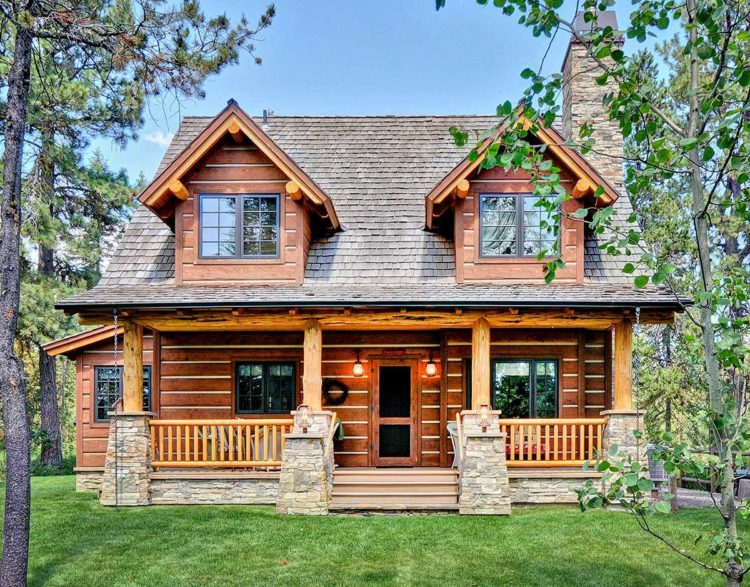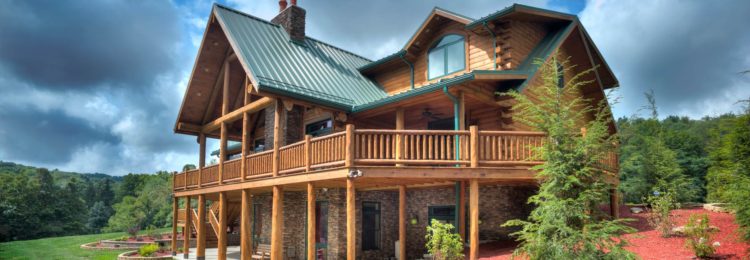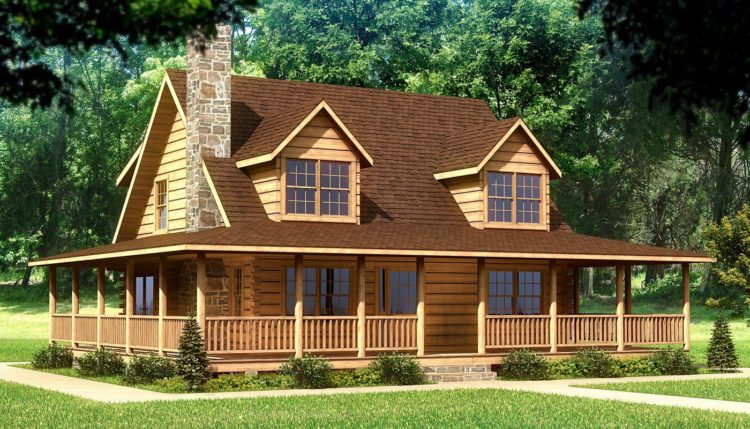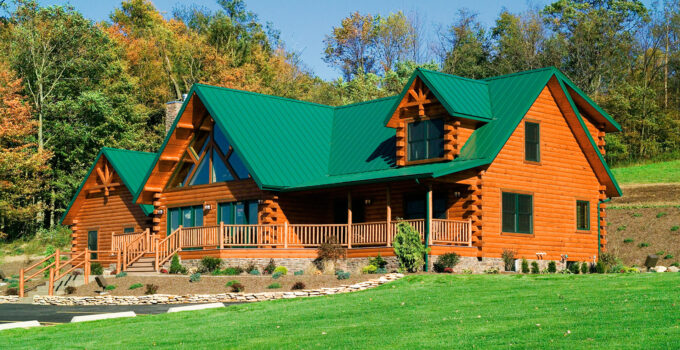Owning or living in a log cabin can be quite fantastic – you are surrounded by nature and a clean environment all of which can provide you with a stress-free and peaceful feeling. However, one of the most common questions about log homes is about the maintenance of it, especially the maintenance of the outdoor wood. While the maintenance can depend on various factors, such as the location, design, and environmental factors, one thing is for sure, maintaining your log home is something that you should do if you want to ensure the longevity of your home is long.
Maintenance on a log home should be done annually, especially during fall and spring seasons. Regular maintenance will reduce the damage of water, insects, UV, and air infiltration. During spring, you will want to focus on the water damage on the wood exterior that might have occurred from snow and freezing water. And during autumn, you will want to pay attention to insects and staining.
Here are several steps that you should take when taking care of your log home:
Page Contents
Step 1: Inspections

Img source: mortgagepoints.org
According to prologrestoration.com, knowing that your log home needs maintenance is not enough. You should inspect different elements of your log home during the seasons. During autumn and spring, you can take walks around the house in order to fully see what needs to be restored or repaired. You will want to check specific areas that are most exposed to the extreme environment and temperatures. As you are walking, you should check for any problems like infestation, mold, or cracking, especially near the windows, doors, exposed roof log ends, and roof connections. When inspecting the roof, look for warped flashing, loose shingles, full gutters or exposed rafters.
Step 2: Washing (annually)
Washing your log home is a great chance for you to remove any surface dirt that might have accumulated, such as pollen, dust, mildew, bird feces, and insect deposits like spider webs or eggs. The best way to do so is by using a mild detergent and a soft brush. Keep in mind that you should mix the detergent with warm water, not boiling. Start with applying the mix with a brush and then gently scrubbing the wood in circles.
Step 3: Staining (once every three years)

Img source: walnutvalleyhomes.com
The first layer of stain will usually last two years. After the first time you have applied it, the stain can actually last for three years and it will mostly depend on how many layers you have applied and what type of stain you used. Usually, the parts of wood exposed to the Sun will need staining more often. In order to start staining, make sure that you have cleaned your cabin first since if you have not cleaned it, the stain will not last a long.
Step 4: Chinking (annually)
If applied correctly, the chinking should last over two decades. The most common application of it will be sealing any gaps or cracks that were created in the wood. The one things you should know is that you should definitely do this annually in order to avoid bug nesting or water pooling.
Step 5: Pest control (annually)

Img source: pinterest.com
Wood will always be vulnerable to insects and buds. Regular cleaning, dusting, fumigation, and filling the cracks should be enough when it comes to preventing pests from entering your log cabin.
Conclusion
In order to prolong the life of your log home, you should follow these steps and do maintenance on your cabin annually. Why pay for something later, when you can prevent additional damage by taking care of your log home?





